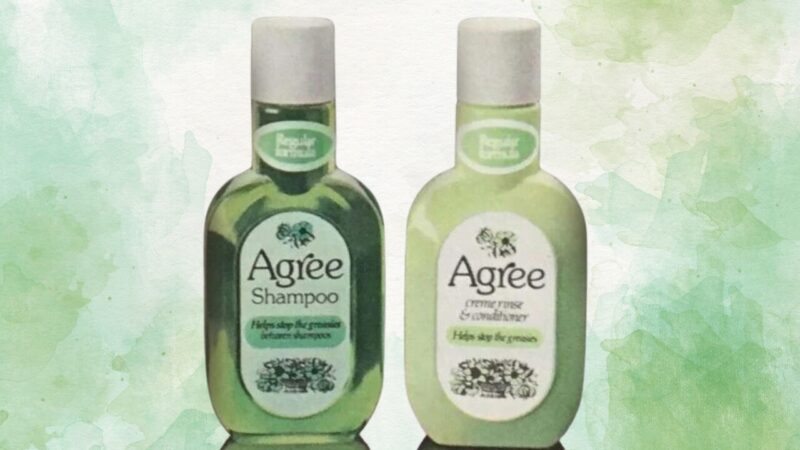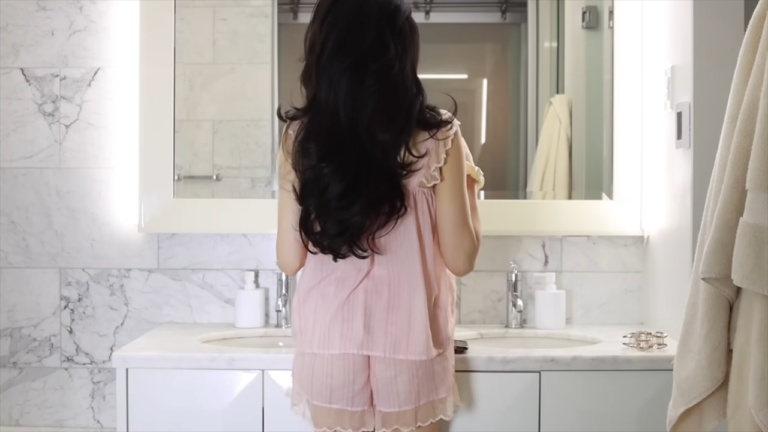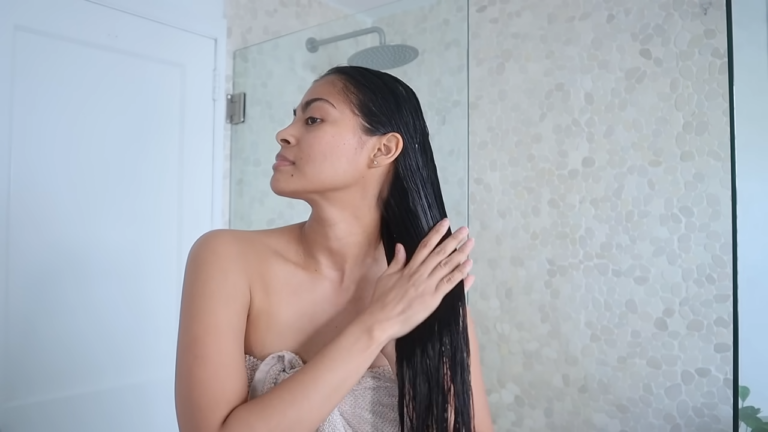In a world where hair care products line the shelves of every supermarket and beauty outlet, the story of Agree Shampoo’s discontinuation serves as a fascinating case study.
This once-popular brand faced a multitude of challenges, from changing consumer preferences to the complex dynamics of the beauty industry.
In this post, I’ll talk about the reasons behind its discontinuation, shedding light on the broader implications for the hair care market.
The Changing Landscape of Hair Care
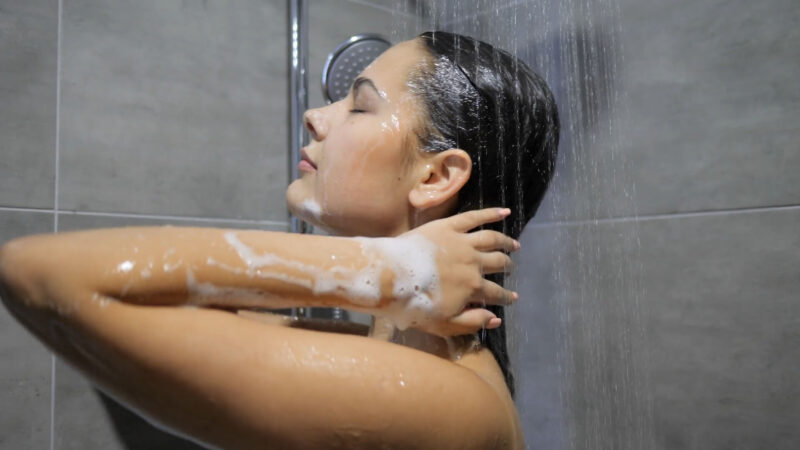
Changes in Preferences
One of the primary reasons for the discontinuation of Agree Shampoo was the significant shift in consumer preferences.
In recent years, there has been a growing demand for hair care products that are not only effective but also environmentally friendly and made from natural ingredients.
This trend has seen a decline in sales for traditional shampoo brands like Agree, which struggled to modify its formulas to meet these new consumer demands.
Rise of Eco-Friendly and Sulfate-Free Products
The hair care industry has witnessed a surge in the popularity of eco-friendly and sulfate-free products.
These products promise to be gentler on the hair and scalp while also being better for the environment.
Agree Shampoo, with its traditional formulations, found it challenging to compete in a market that increasingly valued sustainability and the absence of harsh chemicals.
Ownership, Management, and Market Challenges
- Too Many Options: The hair care market is flooded with options, making it difficult for any single brand to stand out. Agree Shampoo faced intense competition not only from other traditional shampoos but also from a plethora of specialized products, such as hair treatment masks and shampoos designed for specific hair types or concerns.
- Ownership and Management Changes: Changes in ownership and management also played a crucial role in the brand’s discontinuation. These changes often bring about shifts in strategy, focus, and investment, which can disrupt the brand’s trajectory. For Agree Shampoo, navigating these transitions while trying to adapt to the rapidly changing market proved to be a daunting challenge.
Sourcing and Supplier Challenges
Quality and consistency are key to maintaining customer loyalty in the beauty industry.
Agree Shampoo encountered challenges with sourcing and changes in suppliers, affecting both the quality and consistency of its products.
In an industry where consumers are quick to switch brands for a better product experience, such setbacks can be detrimental.
The Impact of Digital and Social Media
Digital Innovations and E-Commerce
The rise of e-commerce and digital innovations has transformed how consumers browse and purchase hair care products.
Agree Shampoo struggled to adapt to this new retail landscape, where online presence and digital marketing strategies are critical for success.
The Power of Social Media
Social media, particularly influencers and user-generated content on platforms like Instagram and YouTube, has had a profound impact on consumer behavior.
Brands that effectively leverage these platforms can significantly boost their visibility and appeal.
Unfortunately, Agree Shampoo was unable to capitalize on this trend, further contributing to its decline.
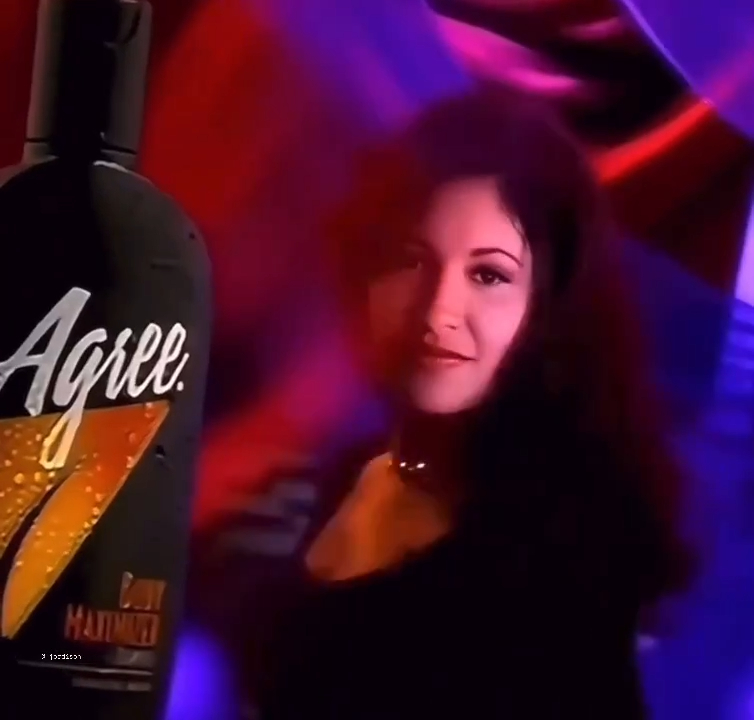
How to Adapt?
Prioritize Transparency and Authenticity
Consumers today demand transparency and authenticity from the brands they support.
This includes clear labeling of ingredients, honest marketing about the benefits of the products, and authentic engagement on social media platforms.
Brands that can build trust through transparency are more likely to cultivate a loyal customer base.
Focus on Niche Markets
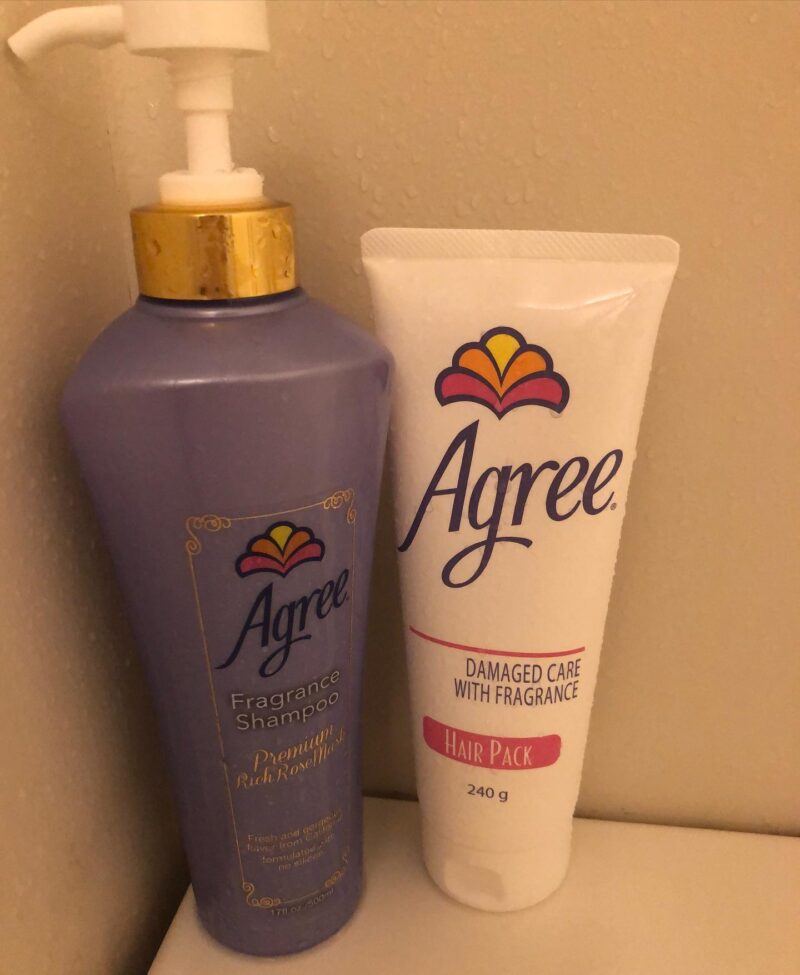
One lesson from Agree Shampoo’s discontinuation is the challenge of appealing to a broad audience in a saturated market.
Instead, brands might find success by focusing on niche markets.
This could involve products for specific hair problems, such as hair loss or dandruff, or catering to particular demographics, emphasizing inclusivity and diversity in their product range and marketing efforts.
Invest in Research and Development
Continuous investment in research and development (R&D) can help brands stay ahead of industry trends and consumer preferences.
This includes exploring new ingredients, formulations, and technologies to improve product efficacy and sustainability.
By leading in innovation, brands can set themselves apart from competitors.
Don’t Forget the Customer Experience
The customer experience extends beyond the product itself to include every interaction with the brand.
This can range from the ease of navigating a website to customer service responsiveness and the unboxing experience.
Brands that excel in creating positive, memorable customer experiences can enhance customer loyalty and encourage word-of-mouth promotion.
Final Words
The end of Agree Shampoo teaches important lessons for both new and established brands.
It shows how crucial it is to keep up with what consumers want, to focus on being eco-friendly, and to make the most of online and social media.


